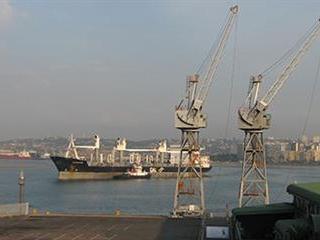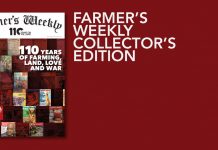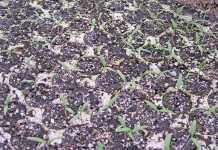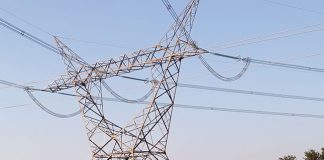
Government has recently announced a number of initiatives to reverse this trend, in an effort to rebalance South Africa’s current account deficit – which was at R24,5-billion in January – and create jobs in process. One of these is the Department of Trade and Industry’s (DTI) National Exporter Development Programme (NEDP), a programme designed to develop a pool of “export-ready” businesses.
DTI Minister Rob Davies said the programme would cater for existing, potential and emerging exporters, especially black and women-owned businesses – with the intention of increasing exports, particularly of value-added products and services that contributed to employment and a green economy. Agbiz CEO John Purchase expressed concern that this programme did not specify which agricultural products could be targeted for beneficiation, saying the DTI’s primary focus appeared to be on mineral beneficiation.
However, as agriculture composed 6% to 7% of total exports, Purchase said agriculture posed considerable export expansion opportunities, especially to the East, Middle East, Africa, and the BRIC (Brazil, Russia, India and China) partners.
In another move, the Transnet National Ports Authority (TNPA) has released its proposed pricing strategy (PPS), which restructures the tariffs on goods moving through South Africa’s ports. The PPS, which is currently open for public comment, drops tariffs for containers by 62%.
Davies said the lowering of port charges would bring to an end the system whereby “the export of bulk commodities and the import of manufactured goods were cheaper than the export of manufactured goods”. TNPA’s newly launched Beneficiation Promotion Programme (BPP) also awards extra cargo tariff reductions to highly beneficiated goods. The BPP means that the higher the level of beneficiation, the lower the tariff. For some that is good news.
For example, an export of a stage 1 product (such as cotton fibre, timber logs or animal hide) would not enjoy any tariff reduction as this product has not been beneficiated or contributed to job creation. However, a stage 2 product (yarn, cut timber pieces or tanned leather) would receive a 10% reduction; a stage 3 product (woven fabric, seasoned wood and dyed leather) would get a 60% reduction; and a stage 4 item (clothing, furniture and finished leather goods) would receive a maximum reduction of 80%.
The tariff adjustments would gradually take place from 2013/2014 with the new tariff structure fully in place by 2019. There are still many issues to be ironed out, including higher tariffs for non-beneficiated goods and those exported in bulk and break bulk, which could negatively impact on agricultural products such as fruit. These details will need finalised by including contributions from agriculture and government. But Peter Haylett, chairman of the Cape Chamber of Commerce and Industry’s industrial focus portfolio committee, welcomed efforts to get South African products to market cheaper and to create jobs.










